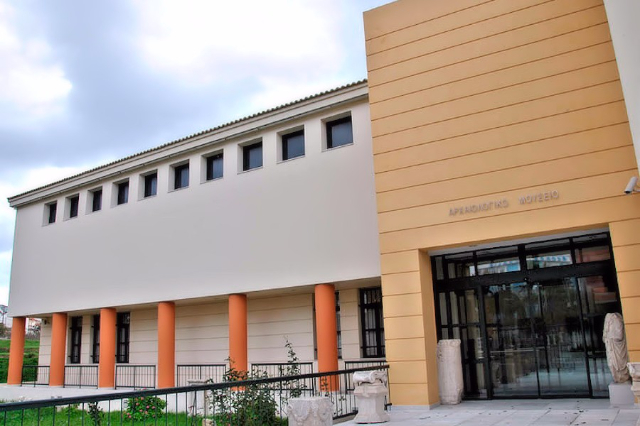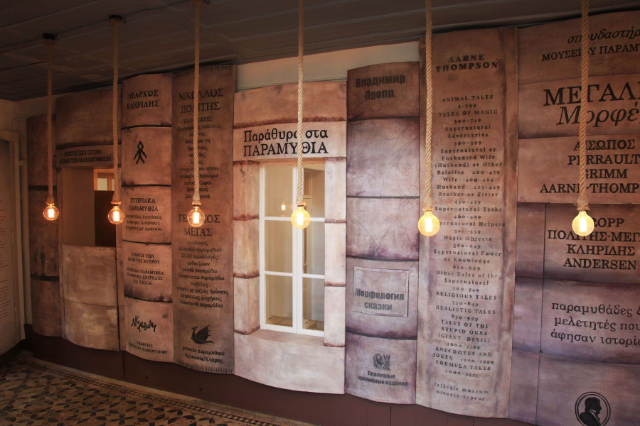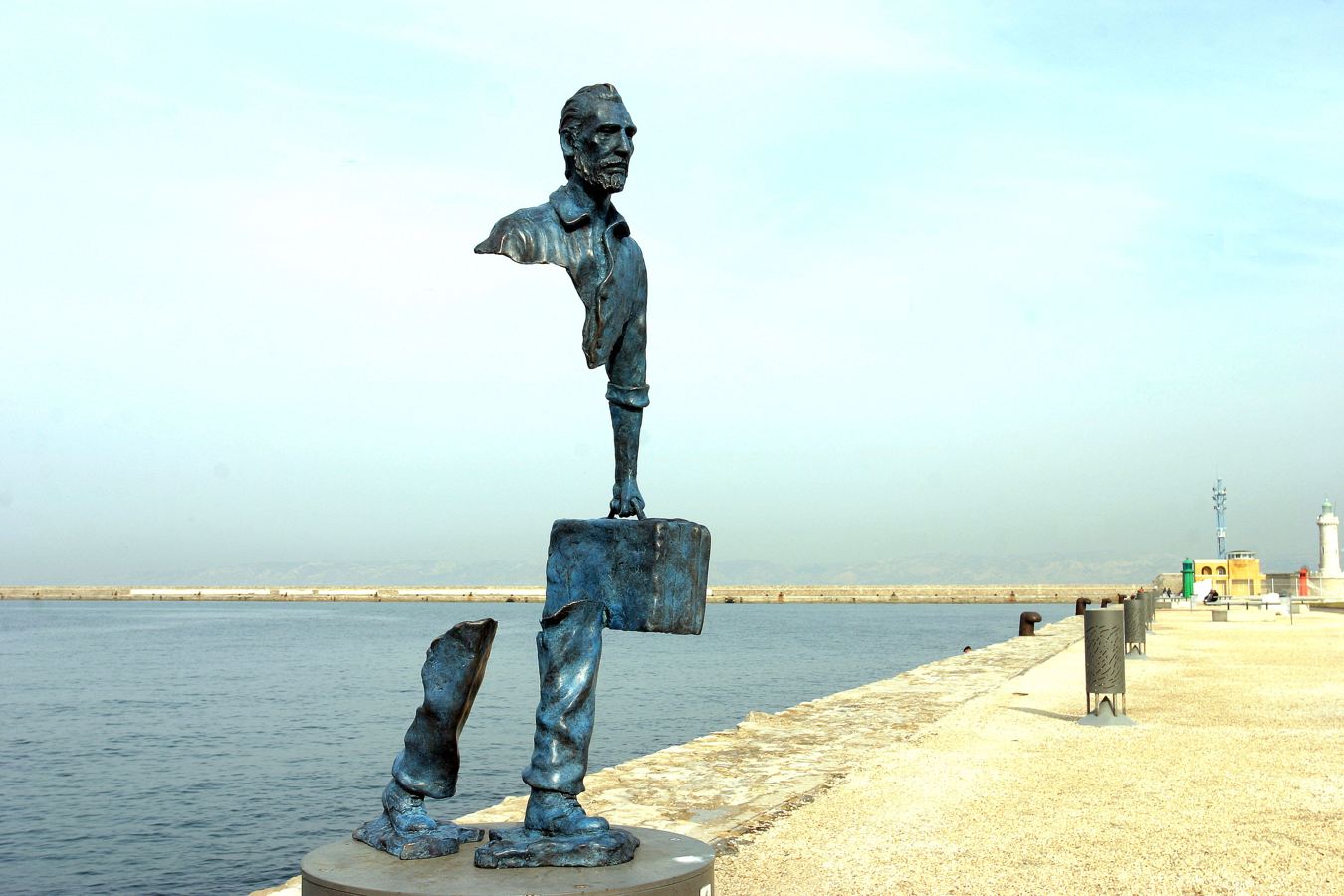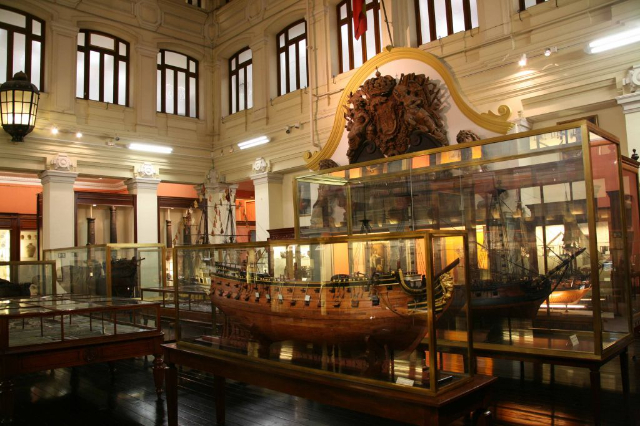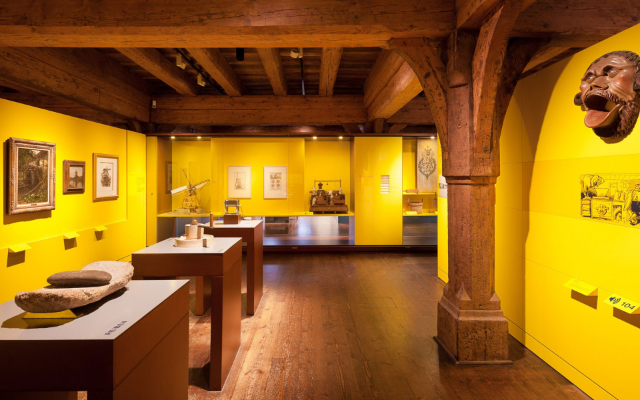The Thinker, French Le Penseur, sculpture of a pensive nude male by French artist Auguste Rodin, one of his most well-known works. Many marble and bronze editions in several sizes were executed in Rodin’s lifetime and after, but the most famous version is the 6-foot (1.8-metre) bronze statue (commonly called a monumental) cast in 1904 that sits in the gardens of the Rodin Museum in Paris. The large muscular figure has captivated audiences for decades in his moment of concentrated introspection.The Thinker was originally called The Poet and was conceived as part of The Gates of Hell, initially a commission (1880) for a pair of bronze doors to a planned museum of decorative arts in Paris. Rodin chose for his subject Dante’s Inferno from The Divine Comedy (c. 1308–21) and modeled a series of small clay figures that represented some of the poem’s tormented characters. The museum, however, was never constructed, and The Gates were never cast during Rodin’s lifetime.Some suggestion of his vision can be found in the original plaster exhibited at the Musée d’Orsay and in the doors that were made posthumously. In these examples, a 27.5-inch (70-cm) Poet appears on the tympanum above the doors. The nude form is seated on a rock, his back hunched forward, brows furrowed, chin resting on his relaxed hand, and mouth thrust into his knuckles. Still and pensive, he observes the twisting figures of those suffering in the circles of Hell below. Some scholars suggest that the Poet was originally meant to represent Dante, but the muscular and bulky form contrasts with typical sculptures that depict the poet as slender and lithe.After the proposed museum fell through, Rodin continued to rework many of the figures from The Gates, using some in new ways and exhibiting others individually. He eventually renamed The Poet to The Thinker and exhibited it on its own in 1888 and then enlarged it in bronze in the early 1900s.


